The Rivers With The Largest Drainage Basins
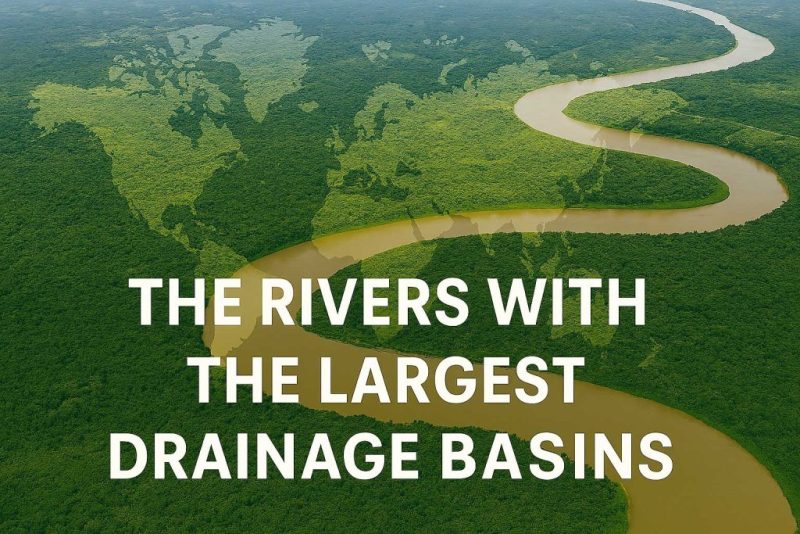
Explore the world’s rivers with the largest drainage basins—hydrological giants like the Amazon, Congo, Nile, and more. Learn how these vast watersheds shape continents, ecosystems, and human civilization.
Some rivers flow not just across landscapes, but across the very structure of continents. These are the rivers with the largest drainage basins—immense networks of tributaries, wetlands, and sub-basins that collect and channel water from thousands of kilometers away. From the Amazon’s emerald jungles to the Nile’s arid lifeline, these basins are the circulatory systems of Earth’s surface, influencing climate, biodiversity, agriculture, and settlement.
Also check out our post to the longest rivers in the world.
Let’s dive into the great river basins of the world—those that hold the most water, cover the most ground, and shape the lives of millions.
🌎 1. Amazon River – South America
Drainage Basin Area: ~7,000,000 km²
The undisputed giant. The Amazon River drains nearly 40% of South America, stretching across eight countries. Its basin feeds the world’s largest tropical rainforest, a biome crucial to global climate regulation. Over 1,100 tributaries crisscross its floodplains, with some (like the Madeira and Negro Rivers) rivaling major rivers themselves.

🔍 Fun Fact: During the rainy season, the Amazon can swell to 50 km in width, and its basin stores 20% of the planet’s freshwater discharge.
🌍 2. Congo River – Central Africa
Drainage Basin Area: ~4,000,000 km²
A labyrinth of rainforests, swamps, and tributaries, the Congo River Basin is the the largest in Africa, second largest in the world, and the deepest river on Earth. It is a cradle of biodiversity, home to bonobos, forest elephants, and countless endemic fish species.
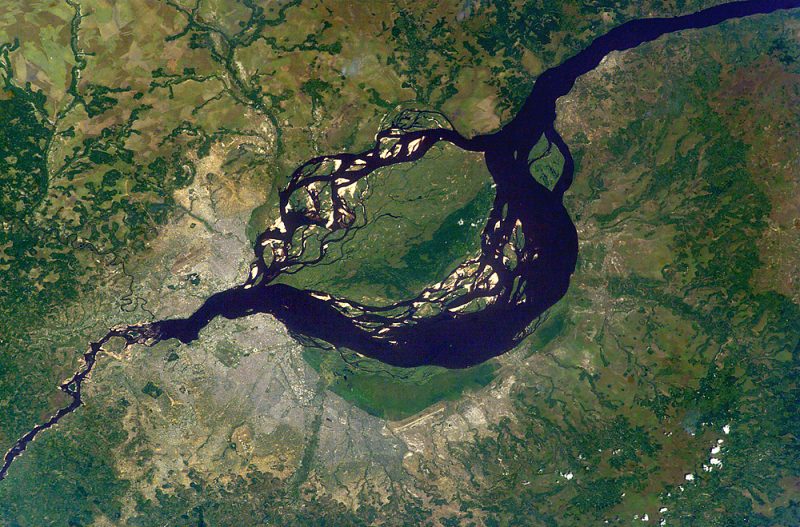
🔍 Fun Fact: Due to its equatorial position, the Congo’s basin receives rainfall year-round, feeding the world’s second-largest rainforest.
🌍 3. Nile River – Africa (Northeast)
Drainage Basin Area: ~3,400,000 km²
From the highlands of Ethiopia and Rwanda to the Mediterranean Delta, the Nile traverses 11 countries—more than any other river. Its basin birthed ancient civilizations and still nourishes millions in Egypt and Sudan.
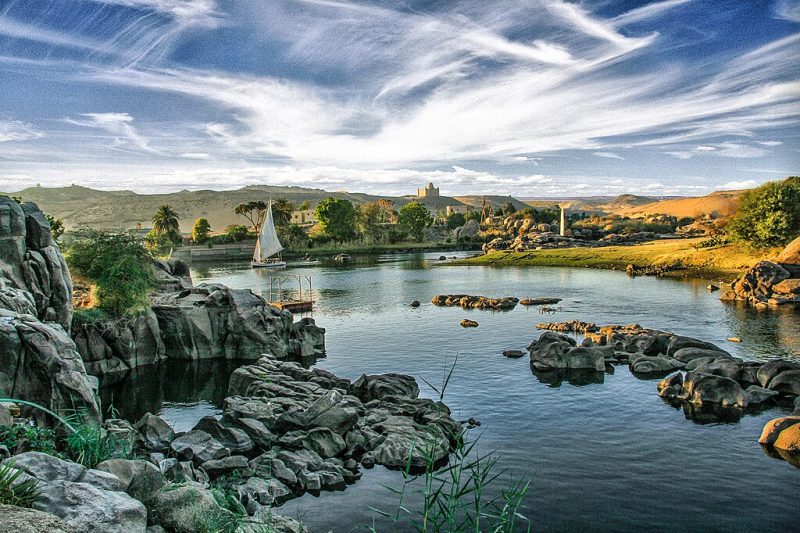
🔍 Fun Fact: The Nile has two major tributaries: the White Nile and the Blue Nile, each with its own massive sub-basin.
🌏 4. Mississippi–Missouri River System – North America
Drainage Basin Area: ~3,220,000 km²
A vast inland hydrological network, the Mississippi–Missouri system drains over 40% of the continental U.S. It’s a powerhouse of agriculture, industry, and transportation, and helped shape the expansion of the United States westward.
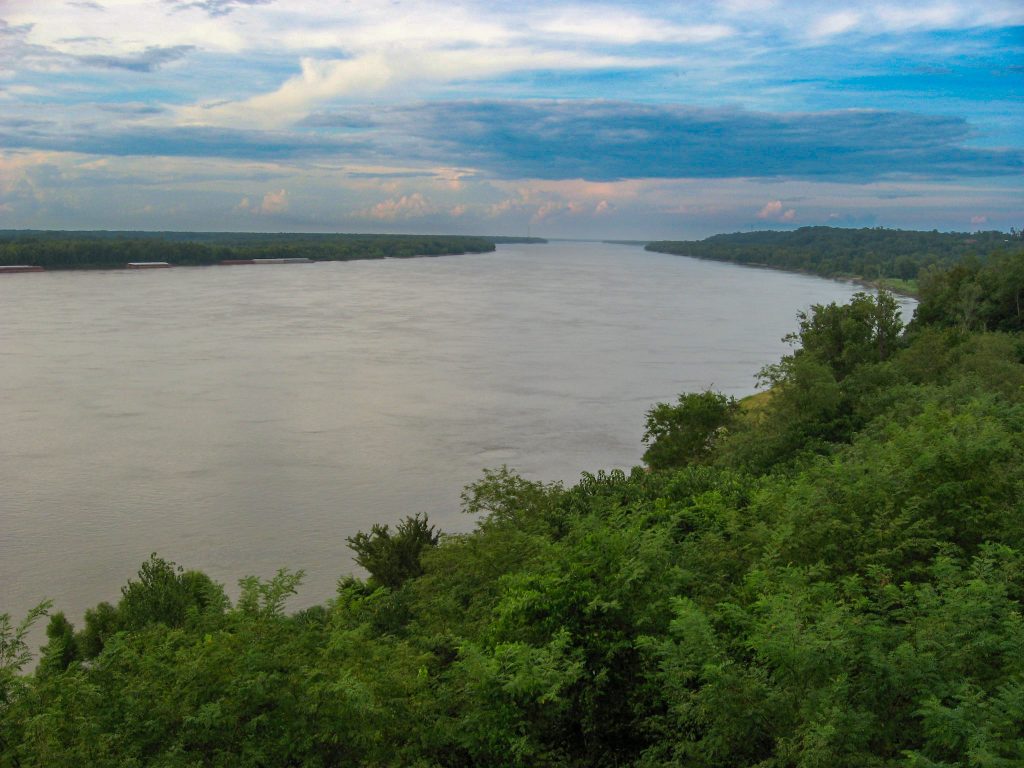
🔍 Fun Fact: It includes more than 250 tributaries and runs through 31 U.S. states and 2 Canadian provinces.
🌏 5. Ob–Irtysh River – Russia and Kazakhstan
Drainage Basin Area: ~2,990,000 km²
Flowing through the Siberian wilderness, the Ob–Irtysh system is the backbone of western Siberia’s water system. Its basin is dominated by permafrost, tundra, and taiga, playing a key role in Arctic hydrology.
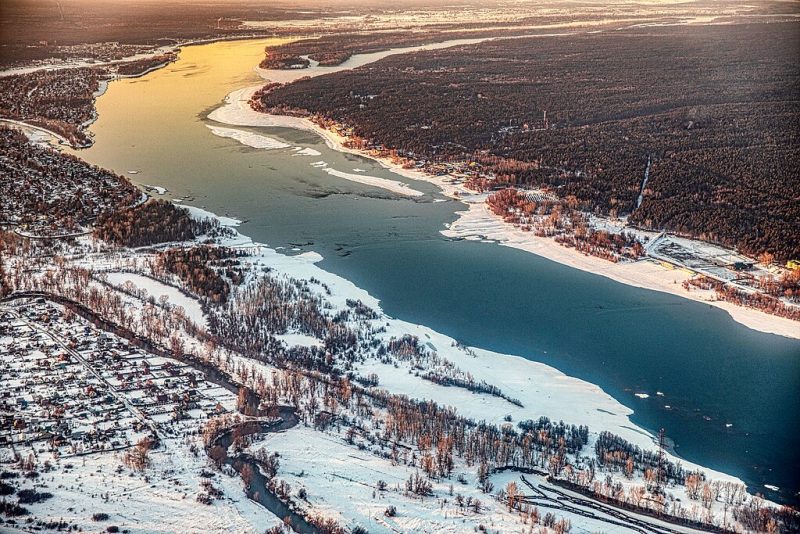
🔍 Fun Fact: The river freezes for more than half the year, but still contributes enormous freshwater input to the Arctic Ocean.
🌏 6. Yangtze River – China
Drainage Basin Area: ~1,800,000 km²
The longest river in Asia and China’s lifeblood. Its basin supports nearly one-third of China’s population, encompassing major cities like Shanghai, Wuhan, and Chongqing.
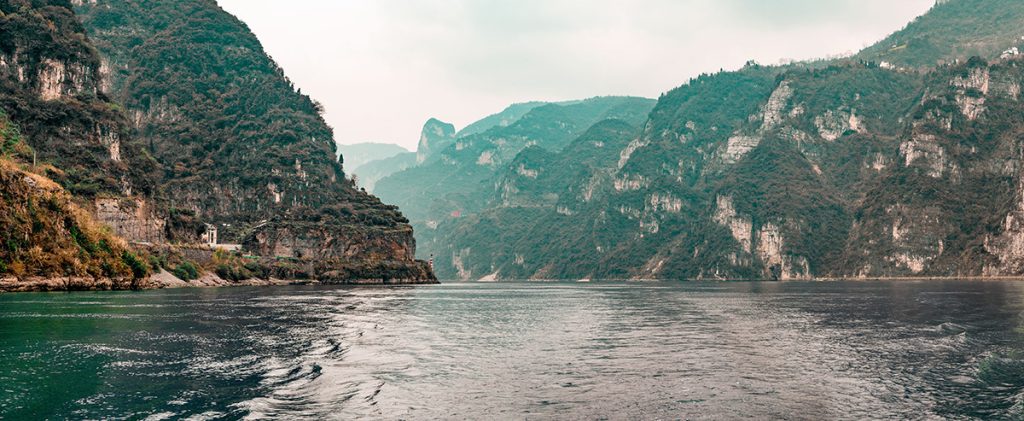
🔍 Fun Fact: The Three Gorges Dam, located on the Yangtze, is the world’s largest hydroelectric power station.
🌏 7. Yenisei River – Russia and Mongolia
Drainage Basin Area: ~2,580,000 km²
The Yenisei drains much of central Siberia, flowing northward into the Arctic Ocean. It is one of the longest and most voluminous Arctic-bound rivers, cutting through remote and extreme landscapes.
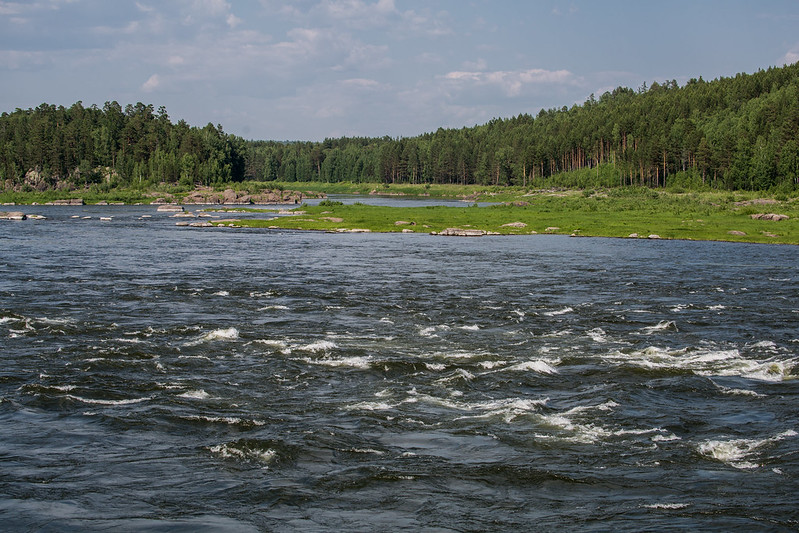
🔍 Fun Fact: The Yenisei is part of a trio of great Siberian rivers, along with the Lena and Ob.
🌏 8. Paraná–Paraguay River System – South America
Drainage Basin Area: ~2,800,000 km²
Second only to the Amazon in South America, this river system spans Brazil, Paraguay, Argentina, and Uruguay. Its basin is a hub of hydroelectric energy and agricultural fertility.
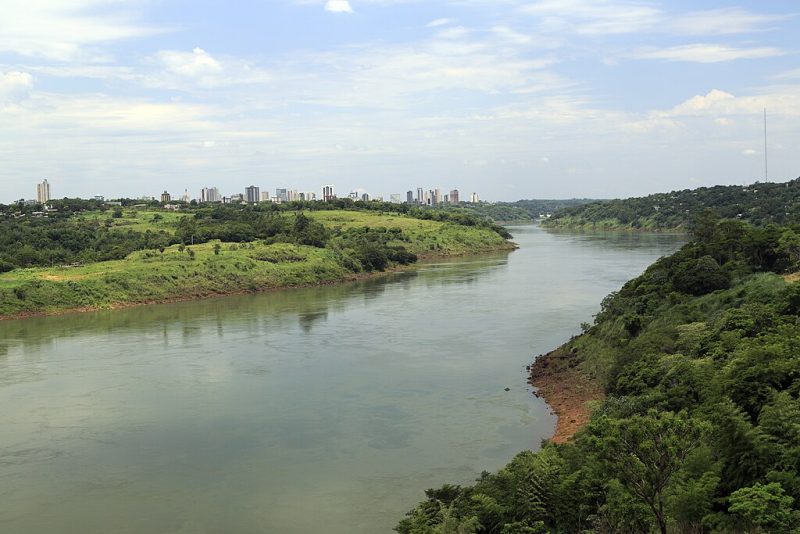
🔍 Fun Fact: The Itaipu Dam on the Paraná was once the world’s largest power generator by energy output.
🌍 9. Niger River – West Africa
Drainage Basin Area: ~2,117,000 km²
Winding in a boomerang shape through Guinea, Mali, Niger, and Nigeria, the Niger River sustains some of the most populous regions of West Africa.
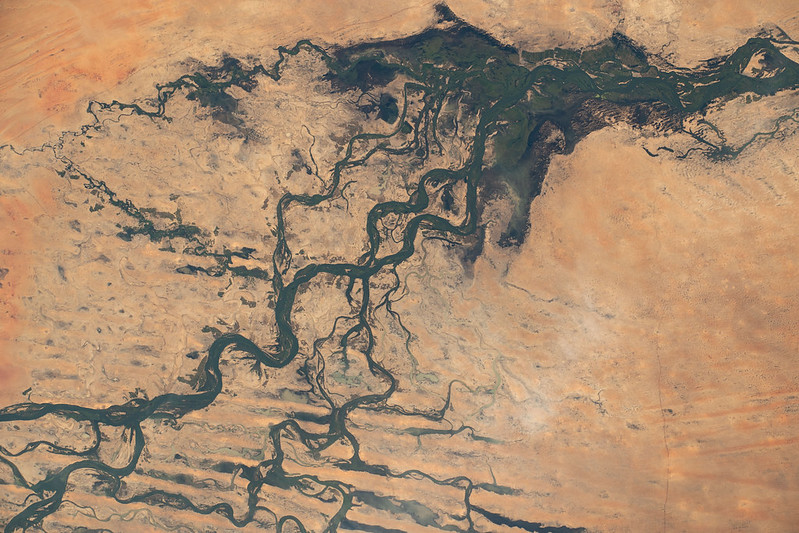
🔍 Fun Fact: Its unusual course was long misunderstood—it flows away from the Atlantic before curving back toward it.
🌏 10. Lena River – Russia (Eastern Siberia)
Drainage Basin Area: ~2,490,000 km²
The Lena drains the cold, remote expanse of eastern Siberia. With almost no human settlement along its length, its basin is a haven for migratory birds and Arctic wildlife.
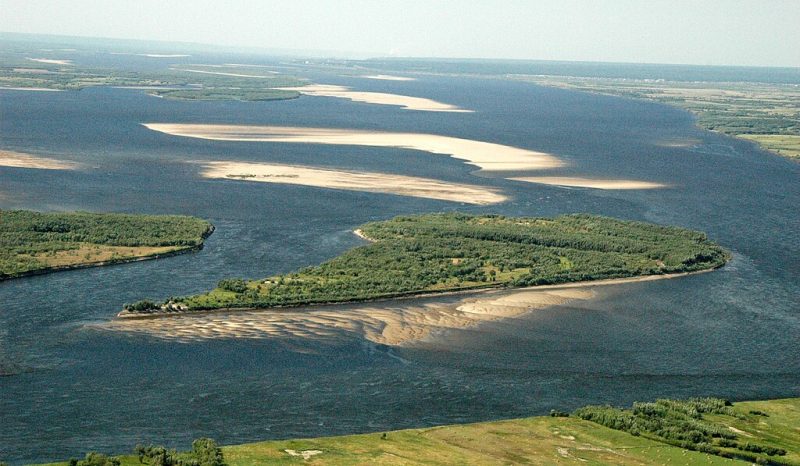
🔍 Fun Fact: In spring, the Lena experiences catastrophic ice jams that can flood massive areas during thaw.
Why Drainage Basins Matter
Drainage basins are more than geographic trivia. They define:
- Climate regulation through evaporation and rainfall feedback loops
- Agriculture and livelihoods through fertile plains and irrigation
- Biodiversity in ecosystems from rainforests to deltas
- Politics and conflict where rivers cross borders and demand cooperation
Understanding the scale and complexity of these basins helps us grasp the global importance of freshwater and the urgent need to protect these hydrological giants.
🌊 Final Thoughts
The rivers with the largest drainage basins aren’t just large—they are alive with complexity, woven into human history, and vital to Earth’s future. Whether you’re standing on the banks of the Amazon or watching the Nile wind through Cairo, you’re witnessing the legacy of millennia of flow—of continents carved by water.



